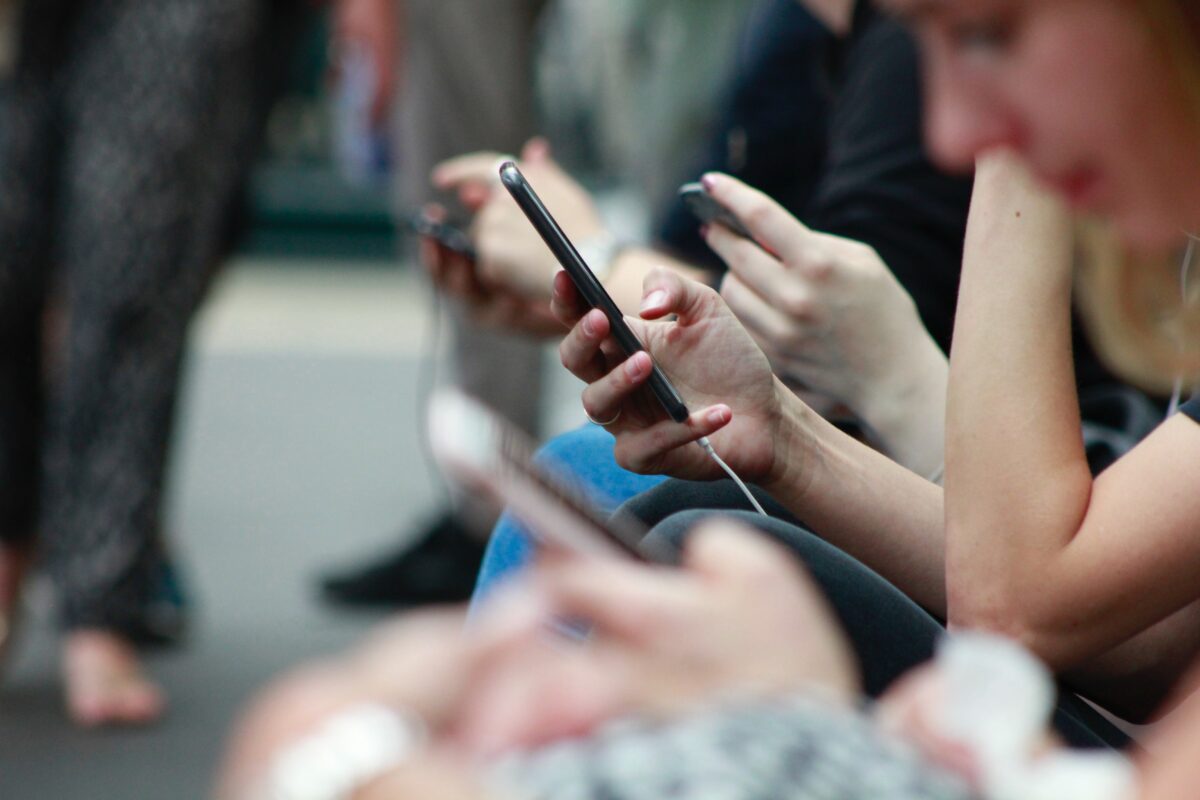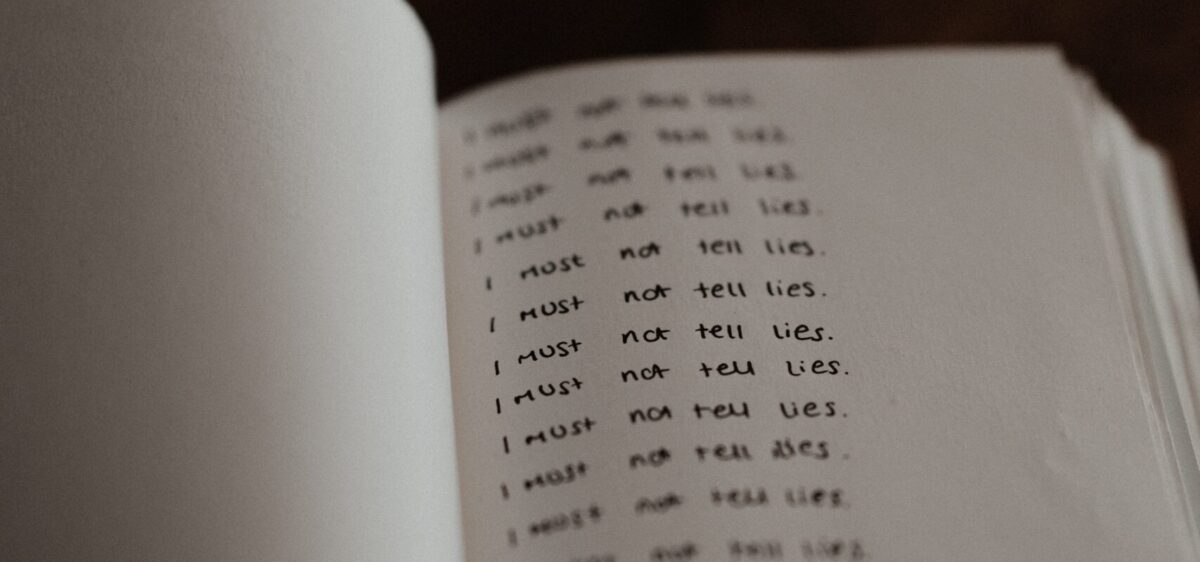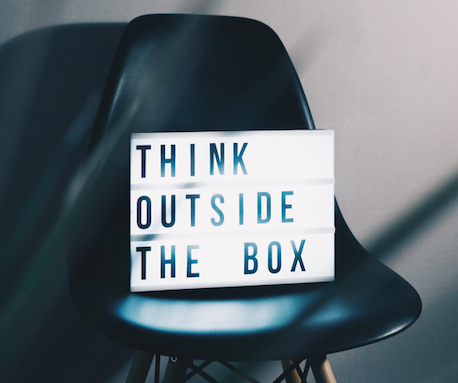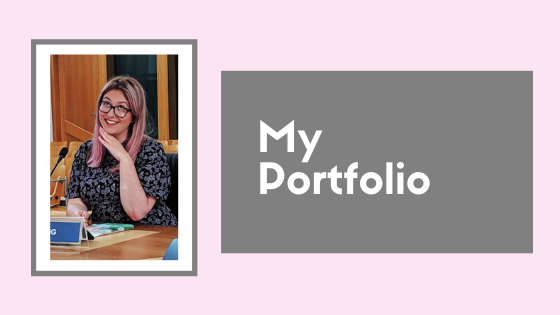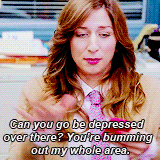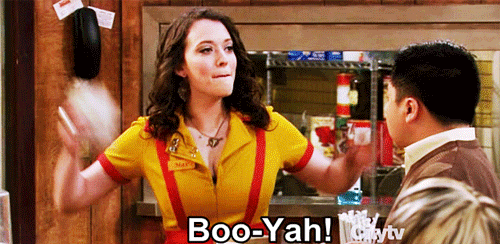If you don’t already follow Jaylene Mbararia on Instagram, you’re missing out. Sharing sustainable fashion and anti-racism content, she’s thoughtful (which makes sense, given she’s studying Philosophy at Edinburgh Uni), insightful and writes accessible, thought-provoking captions on her Insta posts.
In a recent post she discussed some of her thoughts on echo chambers, mentioning the role social media can play in sustaining echo chambers and considering what she – and the rest of us – could do to anticipate the problems that come with staying inside our bubbles.
I wrote this in reply:
I really appreciate you talking about this! I think echo chambers are one of the biggest pitfalls of social media – these apps box us in and we’re trained to not look beyong our own boundary wall (in this case, the people we follow and the app we’re viewing their content on). It leads to difficulty finding different opinions or even just fact checking what we’re “learning” (bc how much can you learn about a complex issue from 10 squares of text?). The way we use the apps, and maybe the way they apps’ own design, makes it an effort to expand our horizons/knowledge because it means removing ourselves from where we are to actively seek out new info in a different place, eg an internet browser. It requires a lot of intention for an activity many of us – myself included – engage in to dissengage or passively scroll without retaining the infor we pat ourselves on the back for “learning”. So we only take what we see at face value and expect everyone else to be consuming the same content as us because we’re all on the same platforms. Don’t ya love the algorithm? ? It’s hard to find any real, sustainable balance – I look forward to seeing how you continue approaching this!
Yes. I commented that entire essay. I did also apologise after when I realised how long it was. But I meant what I said and I wanted to expand on a few points, namely app design and user intention.
Firstly, let’s consider app design. Did you know that the developer who created the code which allows for infinite scroll, Aza Raskin, has apologised for doing so? And every time someone mentions that fact on Reddit, he pops up again to apologise once more? Yup – he recognises the detrimental impact of endless scrolling on websites and apps. So we need to consider what else about the design of these apps and websites we use – intentionally or unintentionally – are problematic for us in how we connect, learn and exist digitally.
When I wrote about misinformation on social media, I made this point:
An issue with social media information sharing is the platform’s inability to fact-check. You usually have to leave the platform to check out the facts.
The point I was making here and in my reply to Jaylene’s post about app design is this: we are lazy by design; the apps have trained us to not want to go elsewhere to check the info we’re consuming. Instagram, for example, has an in-built browser to open links you click in profile website sections or Story Swipe Ups. This browser function limits you to the URL you were signposted to, unless it has further URLs or hyperlinked content you can click on to take you to a new page. You’ll be able to open said URL in a new browser tab by clicking the wee button in the top right corner, but you cannot change the URL like in a normal browser.
We are extraordinarily trusting and mistrusting in the strangest ways when it comes to internet interaction. We faithfully accept infographics without checking their sources. We dutifully retweet anonymous quotes and political commentary from pals and big names alike. We consume content by the gigabyte without questioning the context, accuracy or implications – resharing and repeating the cycle. Simultaneously, we use these methods to disseminate ideas and critique of governments, organisations, peoples, and policies which we don’t trust are acting in The Right Way or Our Best Interest, based on the limited information presented in a square filled with serif font.
Interesting, no?
Full disclosure: I have uninstalled the Twitter and Facebook apps, in part, to ensure I would continue researching things and opening yet another tab on my browser to check out the article or Wikipedia page about a term I’m not familiar with. I was also just losing too much time to the apps, and this way I don’t scroll for as long on my phone. So Instagram is my personal bug-bear, hence my focus primarily on Insta. But much of this is applicable to Twitter, Facebook and probably TikTok too. I’ll revisit TikTok activism at a later date because I find it so gosh darn INTERESTING. Anyway.
I also focus on Instagram because its design and functionality are the least accessible for information sharing. And while that is an unintentional design flaw – the app wasn’t created for community learning or grassroots activism – it doesn’t mean that Instagram shouldn’t be addressing the issues. For example, gatekeeping Swipe Up links for big followings serves no purpose except, I imagine, its financial motivation for Instagram; it will be very difficult for non-bot accounts to generate such a large following without engaging in advertising in some way (thereby paying Instagram for reach and visibility).
I’ve talked a little in a previous blog post about why I use social media. Intention is becoming such a buzzword, bandied around without real engagement with its meaning and watered down until it’s little more than a performative statement of wooly promise and encouragement lacking any grasp of its purpose. Yeah, I have feelings about this – what gave me away?
In a recent blog post, I highlighted some steps you can take to integrate awareness and scrolling with intention into your social media app use. I mentioned the importance of curating your following to maintain a healthy relationship with the app – and the people you’re following. To expand on that, I think it’s important to have a carefully chosen list of accounts to follow. However, I recognise the potential for creating echo chambers. It’s a seemingly impossible double-edged sword. You follow who you follow because you’re interested in their content, but that interest and connection often leads to a homogenous, less expansive collection of ideas than you would get by following people you had nothing in common with and whose views you fundamentally disagree with. How you manage that balance is personal and I’m still figuring it out for myself so please share your tips if you have them.
But that’s why I also advocate for stepping outside the lines of these apps and engaging in education and community elsewhere. It’s important to not get all our news from platforms where we’re less likely to see content that doesn’t fit our personal preferences mold (like IG), and to look further afield for variety in analysis and commentary. Instagram gives you the starting point, now use those keywords and buzz phrases to start your Google search. Twitter is hardly perfect, but at least the barriers to content access aren’t there, even if that means there’s insufficient barriers to protecting yourself from harmful content/trolls/misinformation/inflammatory baiting.
Intentional use of social media is going to be crucial to mend our relationships with both technology and each other. Our over-reliance on social media for our news cycles (because we Don’t Trust the BBC or Channel 4 or The Guardian or The Times because they have [insert leftist/right-wing/centrist/socialist/other] agendas and we instead rely on our Politics and International Relations graduate friend and that funny guy on Twitter for political commentary and The True Facts. I’m being facetious because I’ve been there. Conspiracy is alluring. Power-wielding entities like governments do have the ability to sway headlines. Rupert Murdoch’s financial gain relies on outrage and outright lies. The frustration is understandable and widely lamented – on social media. Yay for building community through injustice.
But social media should not be the sole stop in your education journey. Did you buy all those books you were recommended during the latest surge of Black Lives Matter protests? Did you buy any? Did you check out the documentaries? Did you reflect on your personal situation and how systems of oppression might exist in them? Did you decide on some actions you could take to dismantle those systems, or address the homophobic things your pals say? Did you ask your colleague if they wanted to chat about salaries and empowering them to demand equal pay and financial recognition for work done beyond the scope of their job description?
If you said YES to all, or any, of those things – congratulations. You are putting in the work to break cycles of oppression and injustice, while expanding your learning and (hopefully) empowering those in your communities who have less power. The onus is on us all to actively engage in our news consumption, education and personal development. To step outside our comfort zones and past the barriers of in-app browsers. To quieten the echo of our digital chambers and offer ourselves different perspectives so we might make our own decisions based on the information we have.

